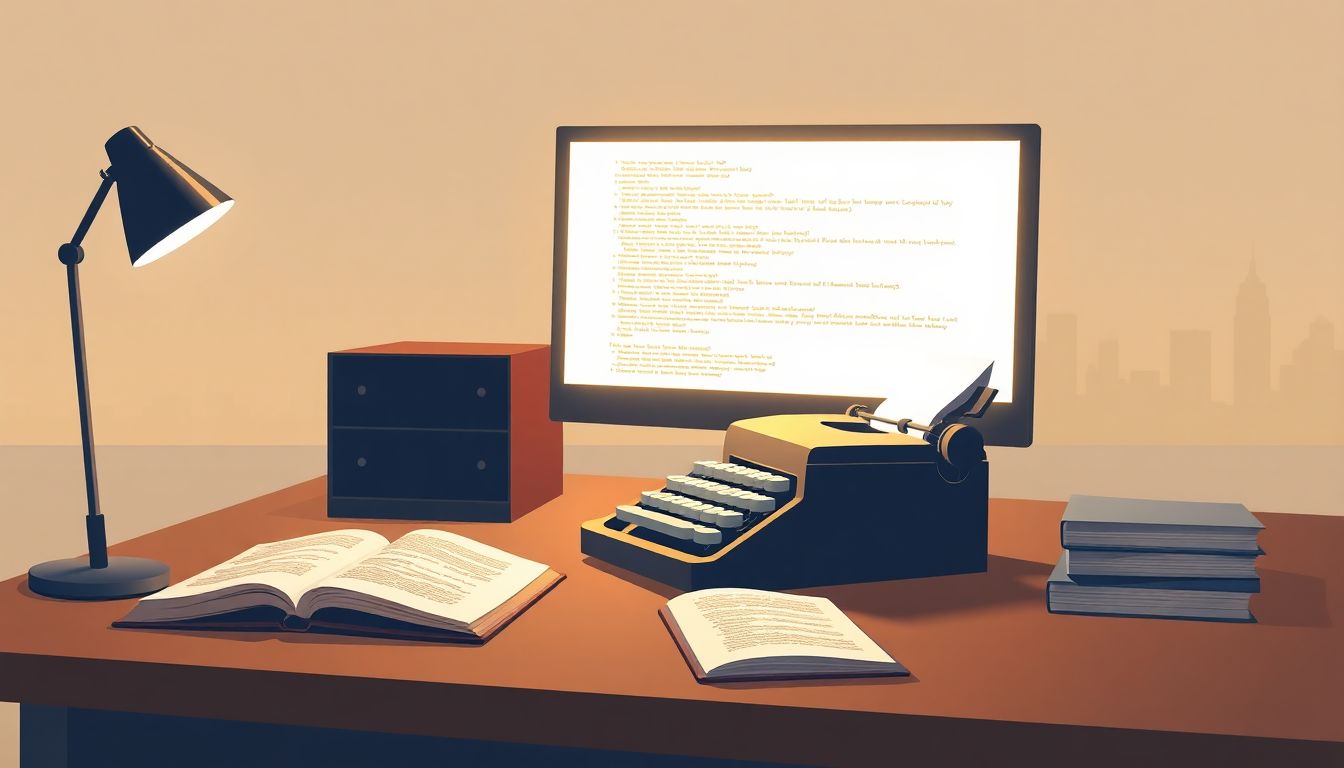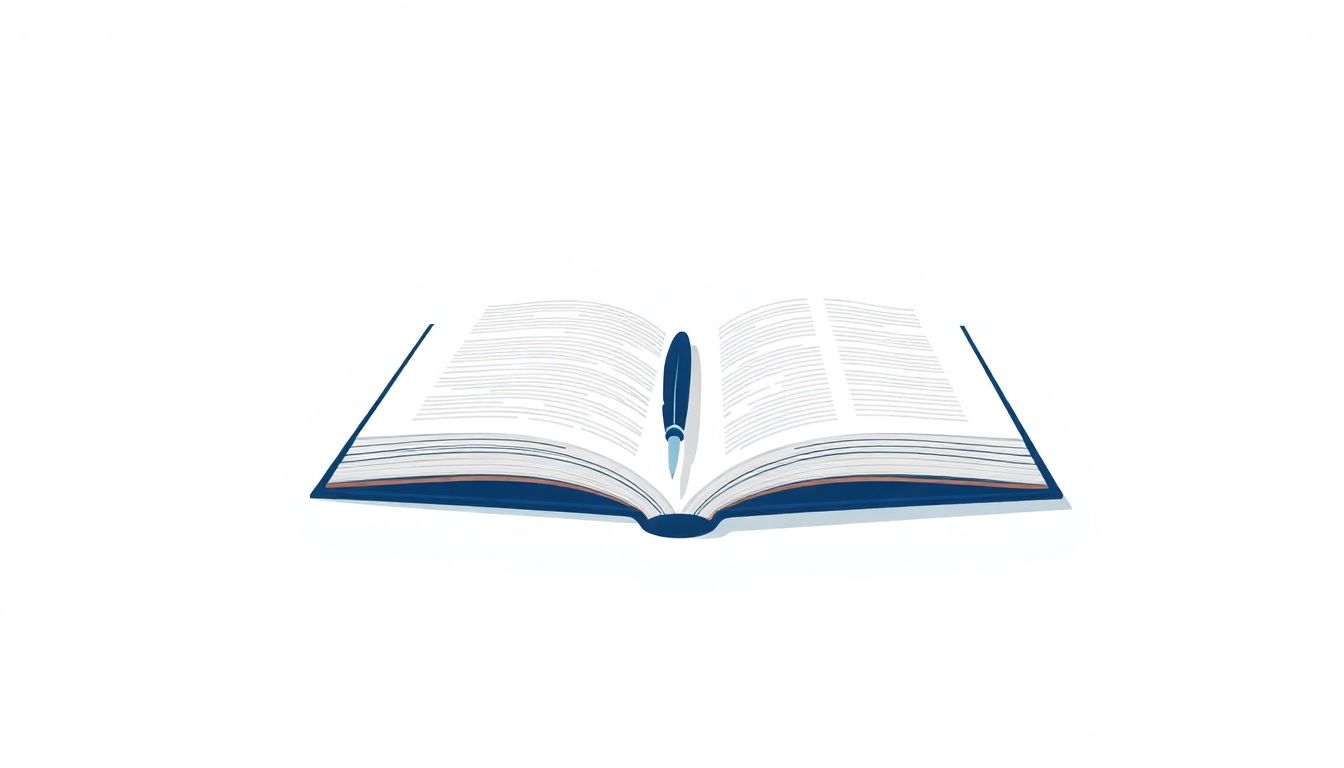Navigating the world of legislative drafting can feel like trying to decipher an ancient code. You’re not alone if you’ve found yourself overwhelmed by the complexities of legal language and the intricacies of crafting effective legislation. It’s a tough job, and even experienced drafters can hit a wall from time to time.
But what if I told you there’s a way to simplify this daunting process? By harnessing the power of ChatGPT, you can transform your drafting experience, making it not just easier but more efficient. Stick around, and I’ll guide you through how this AI can become your trusty sidekick in drafting legislation.
In this guide, you’ll discover step-by-step tips, practical prompts, and best practices for leveraging ChatGPT in your workflow. Whether you’re drafting for a local council or a national assembly, you’ll be equipped to tackle complexities with confidence and creativity. Let’s dive in!
Key Takeaways
- Legislative drafting can be complex, but using ChatGPT simplifies the process.
- ChatGPT increases efficiency and accuracy in creating legislative drafts.
- Utilize specific prompts for better results when drafting legislation.
- Review drafts carefully for clarity, accuracy, and compliance with legal standards.
- Common challenges in drafting can be addressed by using ChatGPT for information and brainstorming.
- Collaboration tools and peer feedback are essential for refining drafts.

A Step-by-Step Guide to Legislative Drafting with ChatGPT
Legislative drafting can be a daunting task, but with the help of tools like ChatGPT, it becomes more manageable.
In this guide, we’ll explore how to streamline the legislative drafting process using AI.
The aim is to equip you with techniques and prompts that will make the drafting workflow more efficient.
Understanding Legislative Drafting
Legislative drafting refers to the process of preparing laws and statutes that govern society.
Clear and effective legislation is crucial, as it not only creates rules but also defines rights and obligations.
Documents involved can range from simple bills to complex regulations.
Key principles of legislative drafting include clarity, accuracy, and a thorough understanding of legal terminology.
By focusing on well-defined legislative language, drafters can minimize ambiguities.
Benefits of Using ChatGPT for Legislative Drafting
Using ChatGPT in legislative drafting comes with numerous advantages.
First, it increases efficiency by significantly reducing the time needed to produce drafts.
ChatGPT can also enhance accuracy, catching potential mistakes before they become finalized text.
Improving productivity is essential, particularly in settings where time-sensitive legislation must be created quickly.
Leveraging AI can lead to more refined and comprehensive documents, ultimately benefiting legislative processes.
Key Features of ChatGPT for Drafting Legislation
Understanding the features of ChatGPT is crucial for effective legislative drafting.
This AI tool utilizes natural language processing, allowing it to understand and generate textual content autonomously.
Its context-aware drafting capabilities ensure that the output aligns with the legislative intent.
Collaboration features enable multiple users to contribute and refine drafts simultaneously.
Moreover, ChatGPT offers customizable outputs and rapid information retrieval, making it adaptable to various legislative needs.
Its error detection capabilities help in identifying issues that may not be immediately apparent, while its user-friendly interface simplifies the drafting process.

How to Create Effective Prompts for Legislative Drafting
Creating effective prompts is crucial for making the most out of ChatGPT when drafting legislation.
Start by being as specific as possible; vague requests often yield mixed results.
Instead of saying, “Write a bill,” try something more detailed like, “Draft a bill to regulate data privacy for consumer protection.”
It’s also useful to outline the context of the legislation so that ChatGPT understands its purpose.
For example, you might instruct, “Provide a detailed explanation of the impact of this bill on small businesses.”
Including the intended audience will help too: “Create a summary of this legislation suitable for a public hearing.”
Here are some prompts you can copy and paste:
- “Draft a proposed amendment to the current labor laws to accommodate remote work.”
- “Summarize the key features of the Clean Air Act, focusing on industry implications.”
- “Create a legal brief that outlines the impact of climate change on agricultural policy.”
- “List potential benefits and drawbacks of implementing a universal basic income bill.”
- “Generate a set of questions for a legislative hearing regarding cybersecurity laws.”
Examples of ChatGPT Prompts for Legislative Drafting
Let’s dive into some practical examples of prompts that can aid in legislative drafting.
These prompts can streamline your work and ensure you cover all essential areas.
To start with, you might ask ChatGPT to provide a specific section of law:
- “Draft a section that addresses penalties for violations of consumer protection statutes.”
- “Develop a clause for a bill regarding renewable energy incentives.”
- “Outline the enforcement mechanisms for a new data privacy law.”
Another approach is to request comparisons or analyses:
- “Compare the proposed legislation on healthcare reform with existing laws.”
- “Analyze how similar laws in other states have impacted their economies.”
Lastly, use prompts to generate ideas or legislative language:
- “Brainstorm four innovative proposals to enhance public transportation access.”
- “Create ten bullet points summarizing the objectives of a public health initiative.”
Best Practices for Reviewing ChatGPT Drafts
Reviewing drafts produced by ChatGPT is essential to maintain quality and reliability.
Start by checking for clarity; ensure that the language used is straightforward and easy to understand.
Next, verify the accuracy of legal terms and references to avoid potential pitfalls.
A practical approach is to run the draft against a checklist of legislative requirements.
Seek feedback from colleagues or legal experts as a secondary layer of validation.
Consider running a comparison of drafts; this can reveal inconsistencies or areas for improvement.
Here are some best practices to consider:
- Always proofread for grammar and spelling errors.
- Double-check all legal references; they must be current and accurate.
- Use collaborative tools to gather input and streamline the revision process.
- Conduct a final review focusing on the tone and voice to ensure it aligns with legislative norms.
Common Challenges in Legislative Drafting and How ChatGPT Helps
Legislative drafting is riddled with challenges that can slow the process down.
One common issue is the complexity of legal terminology, which can lead to misunderstandings.
ChatGPT can help simplify these terms into more accessible language, making legislation easier to navigate.
Another challenge is ensuring comprehensive coverage of a topic, which often requires extensive research.
Using ChatGPT can assist in gathering up-to-date information quickly, allowing for more robust drafts.
Additionally, given the dynamic nature of legislation, existing gaps can emerge as needs evolve.
ChatGPT can serve as a brainstorming partner to identify these gaps and propose solutions.
Consider addressing specific challenges with targeted prompts:
- “List gaps in current education legislation that need immediate attention.”
- “What are the common pitfalls in drafting environmental regulations?”

Tips for Enhancing Collaboration Using ChatGPT in Drafting
Collaboration is key in the legislative drafting process, and ChatGPT can facilitate teamwork like a charm.
First, consider utilizing real-time collaboration tools that allow multiple users to interact with the draft simultaneously.
When working with others, share drafts in a cloud-based platform where everyone can comment and make suggestions.
Make use of ChatGPT’s ability to summarize discussions or draft responses to varied viewpoints, keeping everyone aligned.
Encourage team members to contribute different perspectives by assigning specific sections for individual review.
This way, you can cover more ground with diverse input.
Utilizing ChatGPT to generate outlines can help organize ideas before they are fleshed out into full drafts.
Don’t hesitate to ask ChatGPT directly for suggestions on improving communication within the team.
Here are some prompts you might find useful:
- “Generate a collaborative outline for a bill focusing on affordable housing.”
- “Create a framework for gathering feedback from stakeholders on proposed legislation.”
- “Draft a summary of the key goals of our project for a legislative briefing.”
- “What are the best practices for facilitating a legislative drafting meeting?”
- “List essential roles in a collaborative legislative drafting team.”
Staying Compliant: Ensuring Legal Accuracy with ChatGPT
Ensuring legal accuracy is crucial when drafting legislation, and ChatGPT can be a valuable ally in this respect.
First, set clear guidelines for what constitutes legal compliance in your drafts, focusing on relevant statutes and regulations.
Use ChatGPT to check your drafts against these standards, highlighting areas that may require further legal consultation.
It’s also smart to run generated content through a legal expert to validate any complex legal terminology.
Another approach is to ask ChatGPT to specify potential legal implications of certain legislative choices.
Incorporating real-world case studies into the drafting to provide context can enhance understanding as well.
Here are some practical prompts to consider:
- “Verify the compliance of this draft with existing labor laws.”
- “Summarize the legal implications of this proposed education bill.”
- “What legal standards should this legislation meet?”
- “Generate a list of recent court cases relevant to this draft on intellectual property.”
- “Outline potential legal challenges that could arise from this legislation.”
Future of Legislative Drafting with AI Like ChatGPT
The future of legislative drafting stands to benefit significantly from advancements in AI like ChatGPT.
As legislative processes evolve, integrating AI can streamline workflows, making them far more efficient.
We can expect AI to play a greater role in analyzing vast amounts of data, informing legislation with insights that were previously time-prohibitive to gather.
Moreover, machine learning can help adapt the drafting process based on historical data, leading to improved outcomes over time.
Predictive tools powered by AI may even foresee potential challenges in proposed legislation before it’s introduced.
As AI technology continues to innovate, the role of drafters will become more strategic and analytical.
Consider these prompts to engage with ChatGPT about future possibilities:
- “What trends can we expect in legislative drafting over the next decade?”
- “Discuss potential ethical implications of using AI in legislative processes.”
- “Outline future technologies that could impact law and legislation.”
- “How might AI change the role of legislators and legal advisors?”
- “Predict the evolution of public engagement in the legislative process through AI.”
FAQs
Legislative drafting is the process of writing laws and regulations. It is vital as it ensures clarity, precision, and compliance with legal standards, ultimately shaping effective governance and societal order.
ChatGPT can streamline the drafting process by generating initial drafts, suggesting ideas, and providing consistent language, thereby enhancing productivity and reducing the time needed for drafting legislation.
Effective prompts are clear, specific, and context-rich. For example, asking ChatGPT to draft a law on data privacy while specifying key elements ensures useful and relevant responses.
Common challenges include complexity of language, ensuring legal compliance, and writer’s block. ChatGPT helps by providing suggestions, clarifications, and alternative phrasing, enhancing overall quality and compliance.
